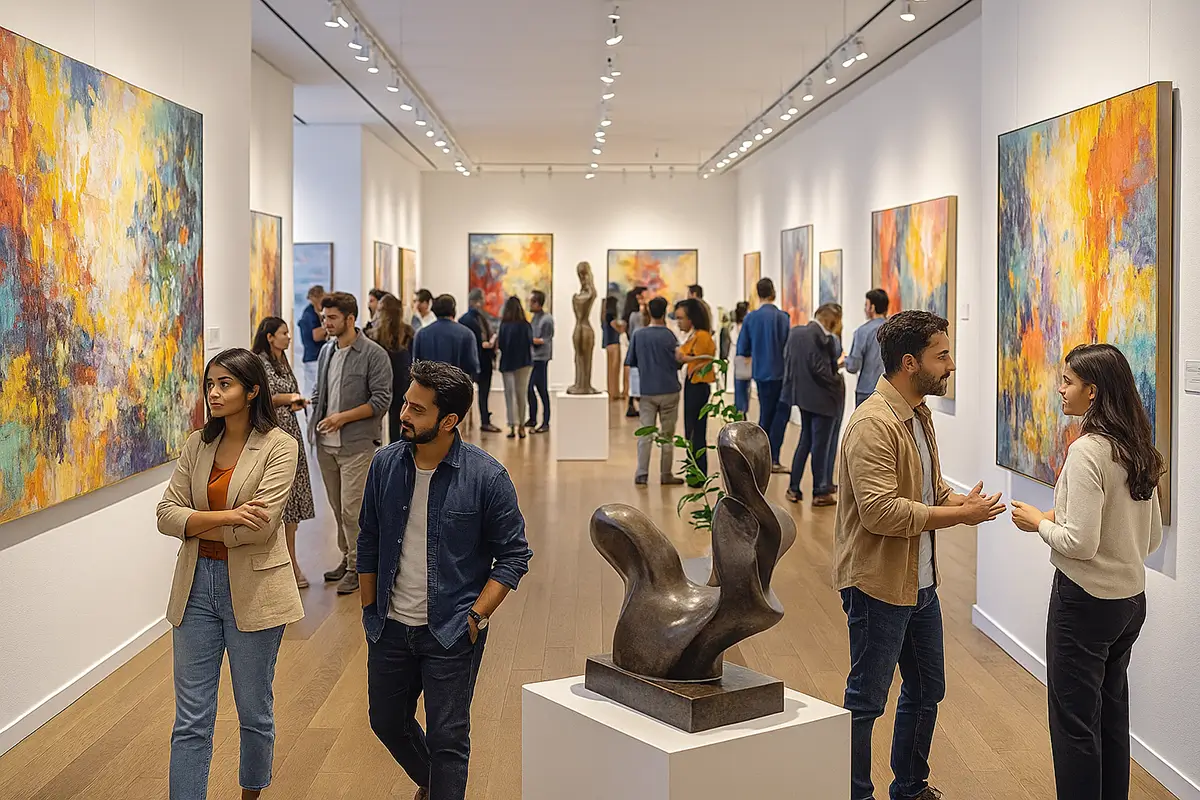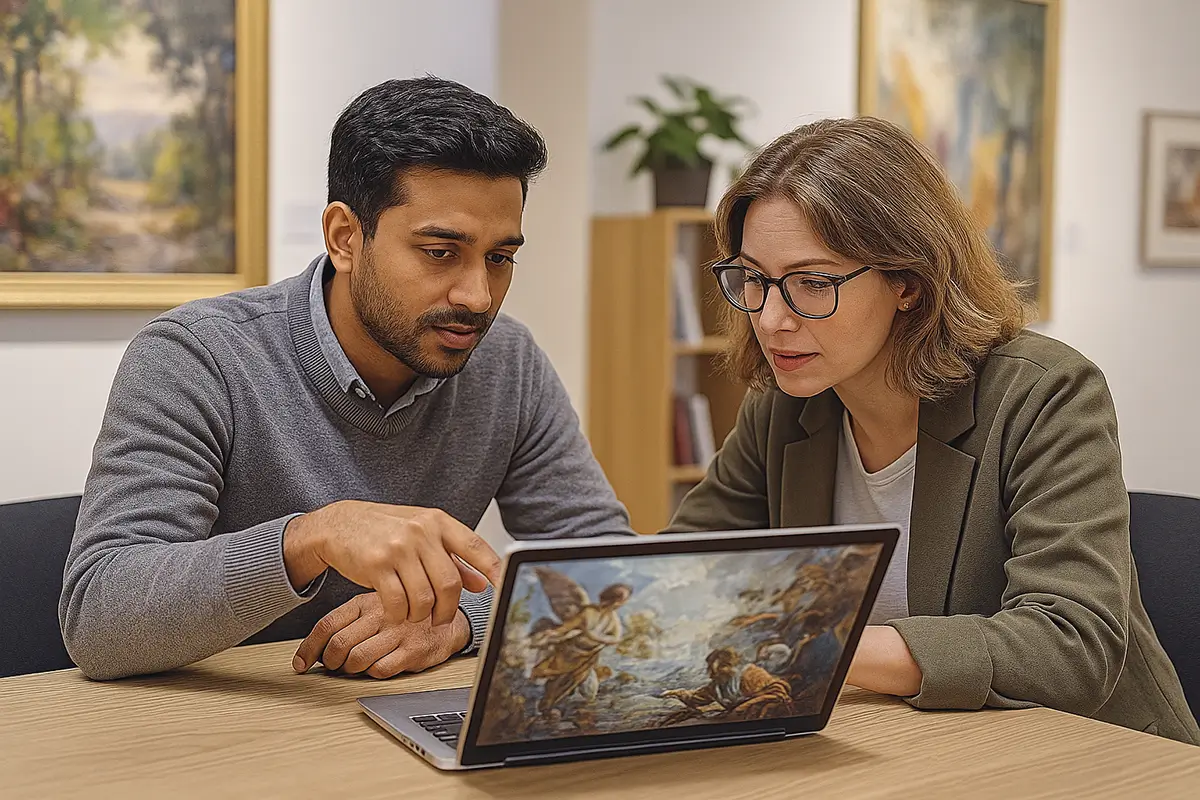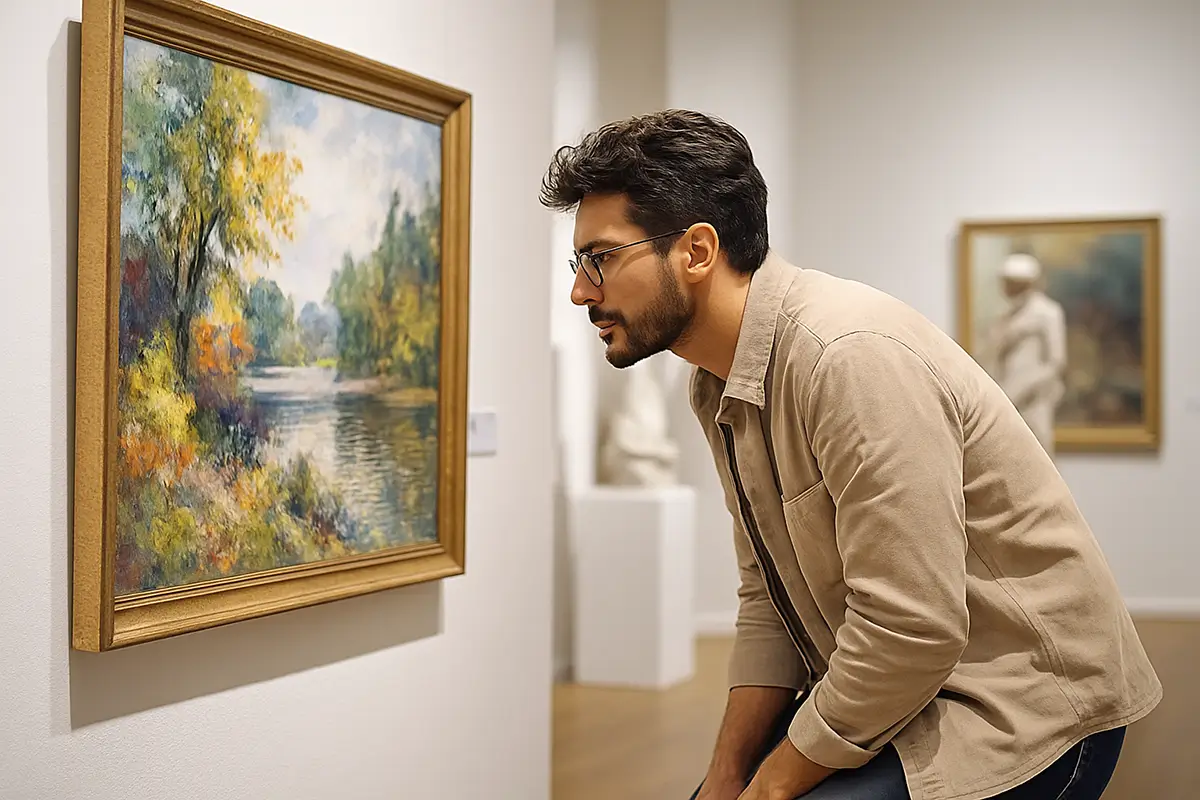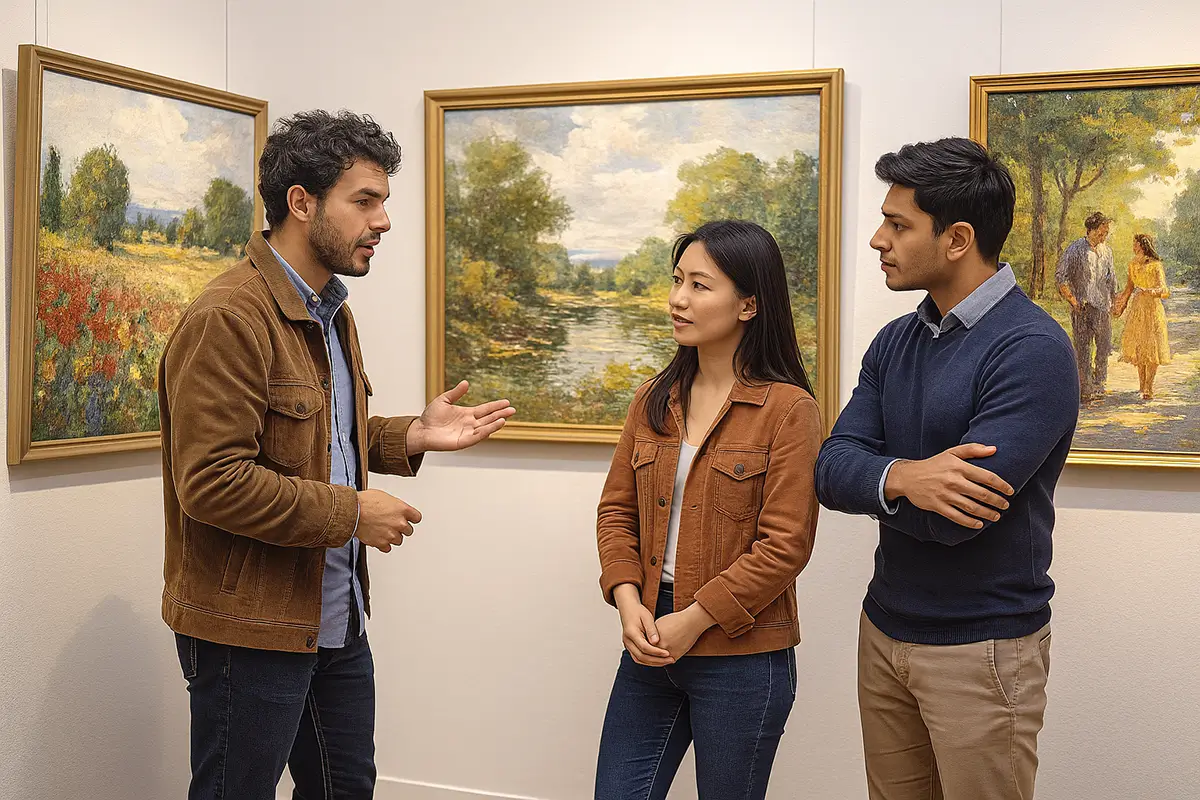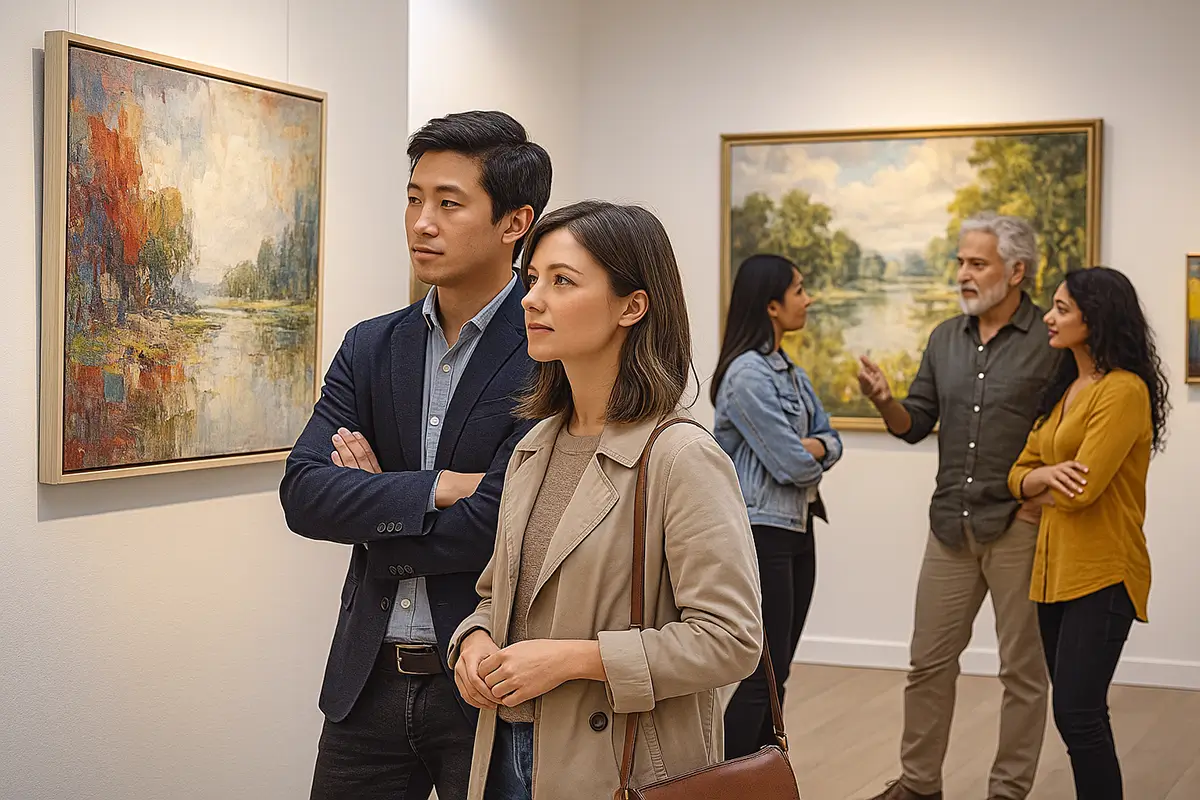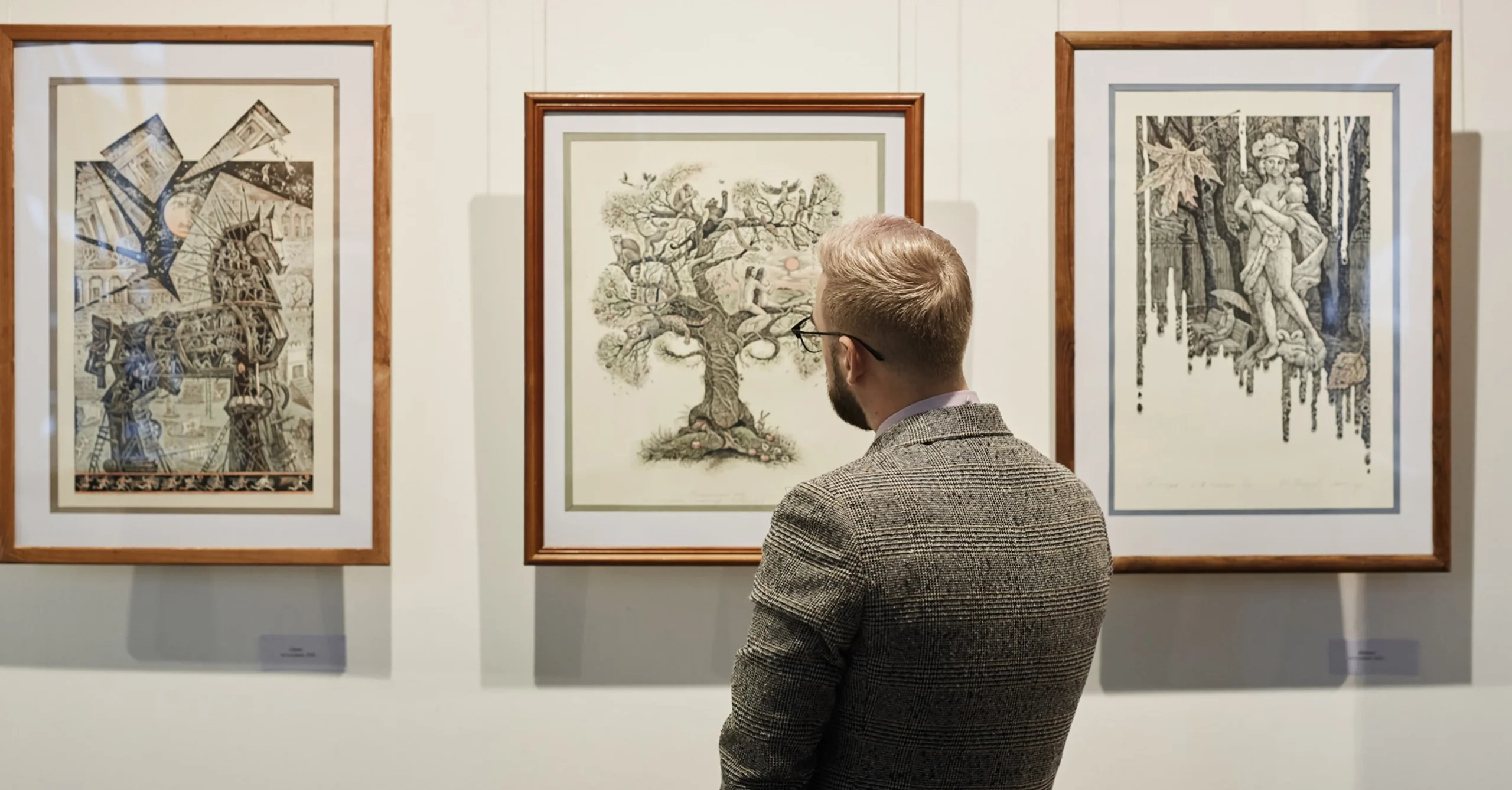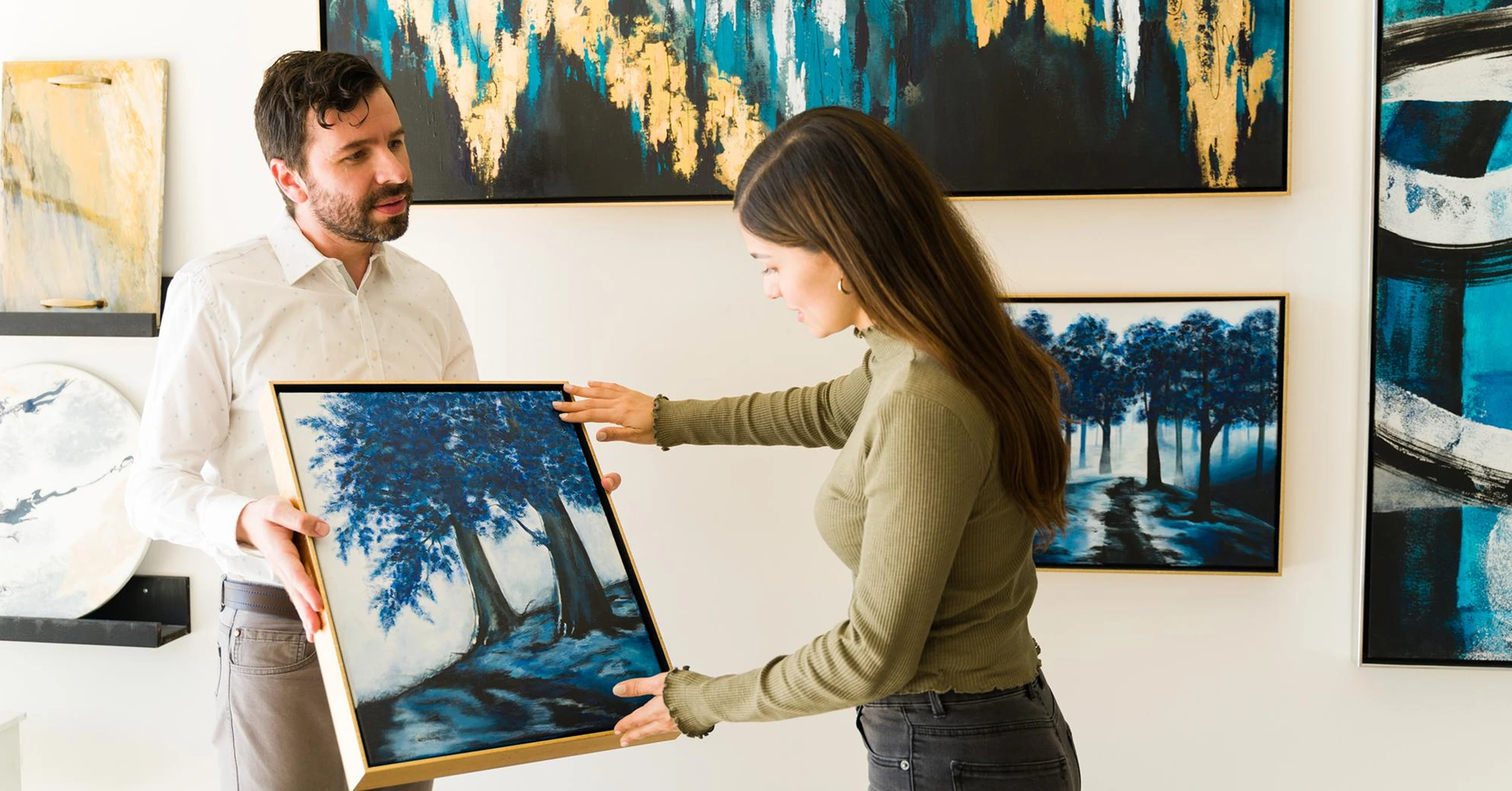Introduction: The new wave of collectors in India
India’s art market has never been more dynamic. With growing wealth among HNIs, corporates diversifying into cultural assets, and millennials seeking meaningful investments, art collecting is no longer limited to a small elite.
But building an art collection is not as simple as buying what appeals in the moment. It requires strategy, knowledge, and guidance. This is where professional art advisory services step in—helping new collectors avoid pitfalls, align acquisitions with goals, and build collections of cultural and financial significance.
This article explores the role of art advisors in India, why their guidance matters, and how new collectors can leverage advisory to make informed, confident decisions.
What is art advisory?
Art advisory refers to professional services that guide collectors through the process of acquiring, managing, and expanding art collections.
Core functions of art advisors:
- Market navigation: Identifying genuine works, artists, and trends.
- Due diligence: Authenticity verification and provenance checks.
- Financial advisory: Guidance on valuations, investments, and long-term returns.
- Collection strategy: Helping clients align acquisitions with personal or corporate identity.
- Risk management: Advising on insurance, conservation, and legal frameworks.
Art advisory services bridge the gap between passion and prudence in collecting.
Why new collectors in India need advisory
1. A complex art market
India’s art ecosystem is fragmented—galleries, auctions, private dealers, and online platforms. Navigating this landscape requires insider knowledge.
2. Risk of inauthentic works
Forgeries and misattributed works remain a challenge in India. Provenance verification is essential to avoid financial and reputational loss.
3. Investment considerations
Art can appreciate significantly, but only if chosen wisely. Advisors identify artists and works with sustainable value.
4. Alignment with goals
Collectors often begin without clarity—buying based on impulse rather than strategy. Advisors create a roadmap aligned with cultural, aesthetic, or financial objectives.
5. Corporate needs
For corporates, advisory ensures that acquisitions reflect brand identity, stakeholder engagement, and CSR goals.
Steps in building a collection with advisory
Step 1: Defining objectives
- Is the collection personal, corporate, or philanthropic?
- Is the priority investment, cultural impact, or aesthetic enrichment?
Step 2: Market mapping
Advisors help identify galleries, auctions, fairs, and emerging artists relevant to the client’s goals.
Step 3: Due diligence
- Authenticity checks.
- Provenance documentation.
- Market price benchmarking.
Step 4: Acquisition strategy
- Selection of works and artists.
- Negotiation with sellers or galleries.
- Ensuring fair market value.
Step 5: Post-acquisition care
- Conservation planning.
- Insurance coverage.
- Cataloging and valuation for asset management.
Case examples of advisory impact
Case 1: A first-time private collector in Delhi
A young entrepreneur wanted to invest in contemporary art. Without guidance, she risked overpaying for fashionable names. An advisor helped her focus on mid-career artists with growing recognition, building a balanced, high-potential portfolio.
Case 2: A corporate in Bangalore
The company aimed to acquire works for its new headquarters. Advisory ensured acquisitions reflected brand values of innovation and inclusivity, while also future-proofing investments through artist selection and valuation insights.
Case 3: A family office in Mumbai
Generational wealth was channelled into building a heritage collection. Advisory services ensured alignment with long-term legacy goals, supported by detailed conservation and documentation planning.
The role of valuation in advisory
Valuation is a cornerstone of advisory. Advisors ensure:
- Works are purchased at fair market value.
- Price trajectories of artists are analysed.
- Collections are periodically valued for insurance and estate planning.
See ourArt Valuation Services for how valuation complements acquisition strategies.
Advisory and risk management
Art carries risks beyond purchase price. Advisors mitigate these through:
- Insurance advisory: Ensuring adequate coverage for artworks.
- Conservation planning: Protecting assets from environmental risks.
- Legal guidance: Import/export regulations, taxation, and ownership structures.
Common mistakes new collectors make (and how advisors help)
- Buying on impulse – Advisors encourage long-term strategy.
- Ignoring provenance – Advisors verify authenticity and ownership.
- Overlooking conservation – Advisors integrate preventive care.
- Chasing trends – Advisors focus on sustainability over hype.
- Undervaluing documentation – Advisors build comprehensive records for financial and cultural security.
Advisory in the Indian context
- Growing demand: As more Indians enter the art market, advisory is bridging knowledge gaps.
- Global linkages: Advisors connect Indian collectors to international markets and fairs.
- Institutionalisation: Advisory is helping corporates treat art as a formal asset class.
- Technology adoption: Advisors use digital cataloging, AI valuation tools, and online platforms to expand reach.
The future of art advisory in India
- Integration with wealth management: Art will increasingly be seen alongside stocks, bonds, and real estate.
- Corporate art programs: Companies will formalise acquisition strategies as part of brand identity.
- Tech-driven advisory: AI tools will enhance valuation, provenance checks, and risk assessment.
- Sustainability and ethics: Focus will grow on ethical acquisitions, supporting artists directly, and avoiding grey-market practices.
Best practices for new collectors
- Define objectives before buying.
- Work with professional advisors rather than relying only on dealers.
- Insist on provenance and valuation documentation.
- Diversify collection—emerging and established artists.
- Budget for conservation and insurance from the outset.
Conclusion: Building with confidence
For new collectors in India, entering the art market can feel daunting. But with the guidance of professional art advisory services, collecting becomes a confident, strategic, and enriching journey.
Advisors help navigate complexity, avoid risks, and align acquisitions with cultural and financial goals. The result is collections that are not just beautiful, but also resilient, valuable, and meaningful.
Learn more about our Art Acquisition & Advisory Services. At TurmericEarth, we combine market knowledge, valuation expertise, and cultural sensitivity to guide collectors in building art collections that endure—both as assets and as legacies.



